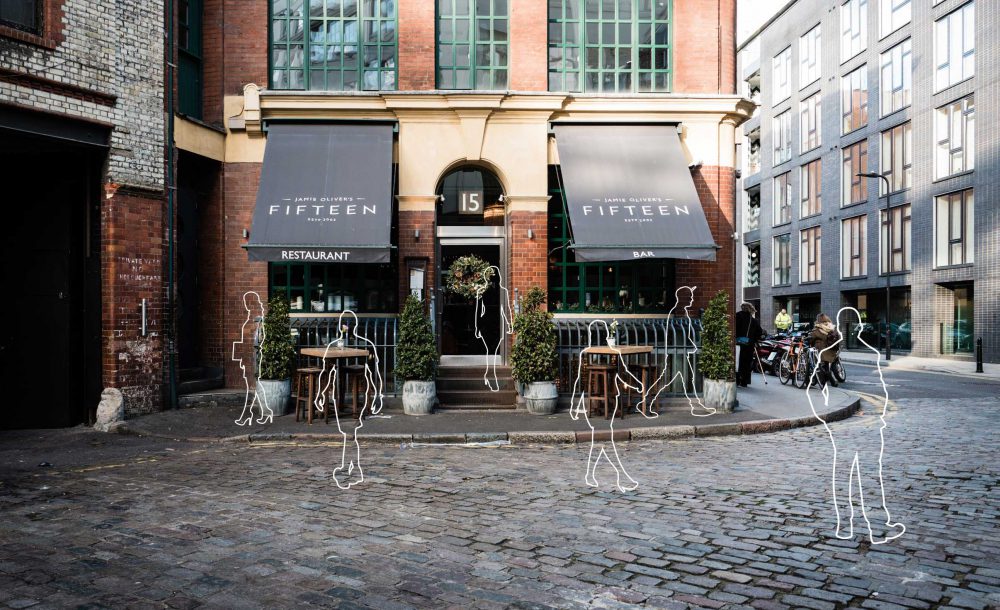5 Steps to Building An Elite Brand
April 25, 2017
Dustin Myers
1. Understand that your “brand” is not your logo
Your brand is not your logo. This misconception leads to much confusion and missed opportunities. Every time you hear “brand” think “reputation.” Your brand is how you’re perceived in the marketplace. And you will have a brand whether or not you invest effort to cultivate it.
Your brand is made up of the sum of your customer interactions. Contributors to your brand include your products, how you treat your customers, the environmental design, your logo and signage, your online presence, and more.
The average person is exposed to 6,000 advertisements each day. That sounds overwhelming, right? The point is that you have to keep it simple and consistent. Your brand has to rise above the noise and make an emotional connection with the consumer.
This can’t happen without understanding the pitfalls and hacks that will affect the future of your brand. Elite brands require investment and hard work, but the process is fairly simple once you know the steps.
2. Decide what type of brand you’re going to be
There are two types of brands, weak brands, and elite brands. Weak or poor brands suffer from what I call the cloud of confusion.
This is the default place to be. As you can see in the illustration, you have all of these elements floating around. None of them are focused on a clear message. There is no synergy. Each time you want to run a promotion, you feel like you’re reinventing the wheel. Your social media posts lack clarity and cohesiveness.
If you have a weak brand, you will experience some or all of these issues:
- Your customers aren’t telling their friends about you.
- Your messaging is all over the place and you keep trying things hoping something will stick.
- Your advertising efforts fall flat and don’t get the results you need.
- You are not really known in the community for anything.
- You never know if you’re going to have a good week or a bad week.
- You can’t clearly articulate why you’re better than the competition. No one knows the deeper reason behind why you do what you do.
This is the status quo. This is where most small businesses are at.
Weak brands don’t just struggle with the day-to-day. Think about the larger implications:
- Do you dream of one day selling your business for a profit? Business owners don’t want to buy a weak brand.
- Do you want the freedom to get away and trust that your employees would run things correctly? Employees don’t take pride and ownership in working for a weak brand.
- Do you want to feel good about your brand knowing that you’re making your competitors jealous?
Weak brands are diluted at best, and repulsive at worst.
There is a better way. There are principles that the successful companies understand and you can put those to practice in your business.
Now, look at the diagram of an elite brand. There are two components that make all of the difference. Brand Strategy and Brand Identity Design.
This is a well-defined, cohesive system that looks nothing like the cloud of confusion. You have the right strategy at the core, then you have the identity design that embodies the strategy. Then all of your touch points are rooted in a cohesive, strategic way. There’s a ripple effect that gains momentum with every execution.
All of your touch points are flowing from the core of your strategy and design. It takes the guesswork out of every new thing you do. This is how you need to start viewing everything you do.
3. Develop the right strategy
The strategy is the first and all-important component of your brand. Strategic brand positioning is the key. Without a well-defined strategy, you’re doomed to the cloud of confusion.
Elite brands stand for something larger than what they sell.
If you’re going to make the emotional connection and create a solid core, you need to spend time defining your “why” statement. At the end of the day, people buy from people. Your strategy should be authentic. You need to figure out why you do what you do and communicate that to your customers.
An effective brand strategy should clearly explain:
- Brand Personality and Characteristics
- How you want to be perceived in the marketplace
- Target Audience Needs and Desires
- What makes you completely unique
- Why you do what you do and how that benefits the customer
- The action steps you can take to support your position.
- How you will communicate all of this internally and externally.
Defining a clear strategy is the first step in keeping you out of the cloud of confusion.
4. Use design as a tool to communicate your strategy
Without a strategy, design is merely decoration. A new logo will not change your brand. Wait, so design isn’t important? That’s not true either.
Design is how you can differentiate yourself. Design is how you can communicate your value.
Design is the easiest way to communicate that you are committed to quality and somewhere people can trust. Design is how you become recognizable and memorable. Design is how you can capture the interest of your target audience. There are so many subtle cues in design that can communicate on a subconscious, emotional level. We live in a visual culture. People scroll social media for hours each day. Much of our perceptions are based on how things appear.
Good design plays a vital role in an elite brand.
Design is a tool that should communicate:
- What values are important to you as a brand.
- What type of experience your customer should expect.
- Why you’re different than the competition.
- That you care about quality.
- That you care about the customer’s needs.
Design isn’t a necessary evil and it shouldn’t be mere decoration. If done strategically, it will be a tool to carry out business objectives and increase your bottom line.
5. Execute with consistency
Now that you’ve got the first two layers down, you can begin to see the results. There is an inevitable snowball effect.
- Advertising ROI will increase because you’re now investing in the right message and getting it to the right person.
- Customer loyalty will grow because now they have something to believe in and identify with.
- Employee morale will improve because you are all in agreement on why you do what you do.
- Your reputation in the marketplace will begin to become stronger because it’s being clearly communicated.
Dustin Myers
Partner, Longitude°
Dustin started the company that would become Longitude°. With a deep focus in creating the methodology and processes that would become known as BrandGPS™. He is always striving to find ways to bring value to those around him and passionately focused on helping solve extremely complex brand challenges.





